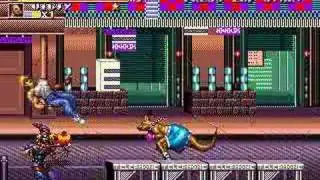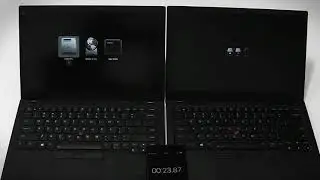Customizing Keyboard Shortcuts CADLearning Lesson
You can use keyboard shortcuts to access any tool available in the ribbon, Application Menu, contextual menus, certain dialogs and several other locations.
For example, you can type V, G to open the Visibility/Graphic Overrides dialog or type T, X to start the Text tool. You can also customize the keyboard shortcuts to suit your preferences.
To customize the keyboard shortcuts, on the View ribbon, in the Windows panel, expand the User Interface button and choose Keyboard Shortcuts. Revit displays the Keyboard Shortcuts dialog. You can also access this dialog from the User Interface options in the Options dialog.
The Keyboard Shortcuts dialog lists all of the Revit commands. You can use the Filter drop-down to filter the list to display just those commands that have shortcuts assigned, just those that do not yet have shortcuts assigned, or those commands whose shortcuts are reserved and cannot be changed. You can also filter the list to show tools on specific ribbon tabs or menus. Switch the filter back to All.
Some commands have more than one shortcut. For example, you can toggle the Properties palette by typing P, P or V, P or by using the CTRL key plus the 1 key keyboard combination. You can also search for commands. For example, in the Search field type "VIS." As you can see, the Visibility/Graphics tool has both V, G and V, V assigned as keyboard shortcuts.
To assign a new keyboard shortcut, select the command in the list. For example, select the Revision Cloud command. Then, click in the Press new keys field and type the keys you want assigned as the shortcut for that command. There are several rules for keyboard shortcuts:
A keyboard shortcut can consist of up to 5 unique alphanumeric keys.
You can specify a keyboard shortcut that uses CTRL, SHIFT and ALT with a single alphanumeric key.
If a keyboard shortcut includes ALT, it must also include CTRL and/or SHIFT.
You cannot assign reserved keys.
You can specify multiple keyboard shortcuts for each tool.
And you can assign the same keyboard shortcut to multiple tools. To select the desired tool when you execute the shortcut, you use the arrow keys to cycle through the tools displayed in the Status bar and then press the SPACEBAR to execute the desired command.
For the Revision Cloud command, type "RC" and then click Assign. When you do, Revit displays a dialog informing you that the shortcut RC is already assigned to several other commands. But, as you can see, duplicates are allowed. The dialog also states that The arrow keys will cycle through matches displayed in the Status bar and the SPACEBAR will execute them. Click OK and then click OK again to close the Keyboard Shortcuts dialog.
Now, when you type R, C, one of the tools that displayed in the Duplicate Shortcut dialog appears in the Status bar. You can use the arrow keys to cycle through the other commands that the R, C shortcut is assigned to. When the Status bar shows the Revision Cloud command, press SPACEBAR to activate the tool.
Cancel the command and then return to the Keyboard Shortcuts dialog. Type "VIS" in the Search field again. To remove the keyboard shortcut, select the shortcut RC and then click Remove.
You can export keyboard shortcuts to a special .xml file. Click Export to open the Save As dialog. In the Files of type drop-down, you can see that the keyboard shortcuts are stored in .xml files. Save a copy of the current keyboard shortcuts to the folder where the exercise files are located.
You can also import previously saved keyboard shortcut files. This can be a handy way to share custom keyboard shortcuts with other users. When you click Import and then expand the Files of Type drop-down, you can import either an .xml file or a text file. Revit 2010 and earlier versions saved keyboard shortcuts as a special .txt file, rather than as an .xml file. Therefore, you can only import keyboard shortcut .txt files from Revit 2010. So make sure to check which version of Revit you are importing from and exporting to.
When you right-click the keyboard shortcut file and select Open, you can see the contents of the .xml file.







